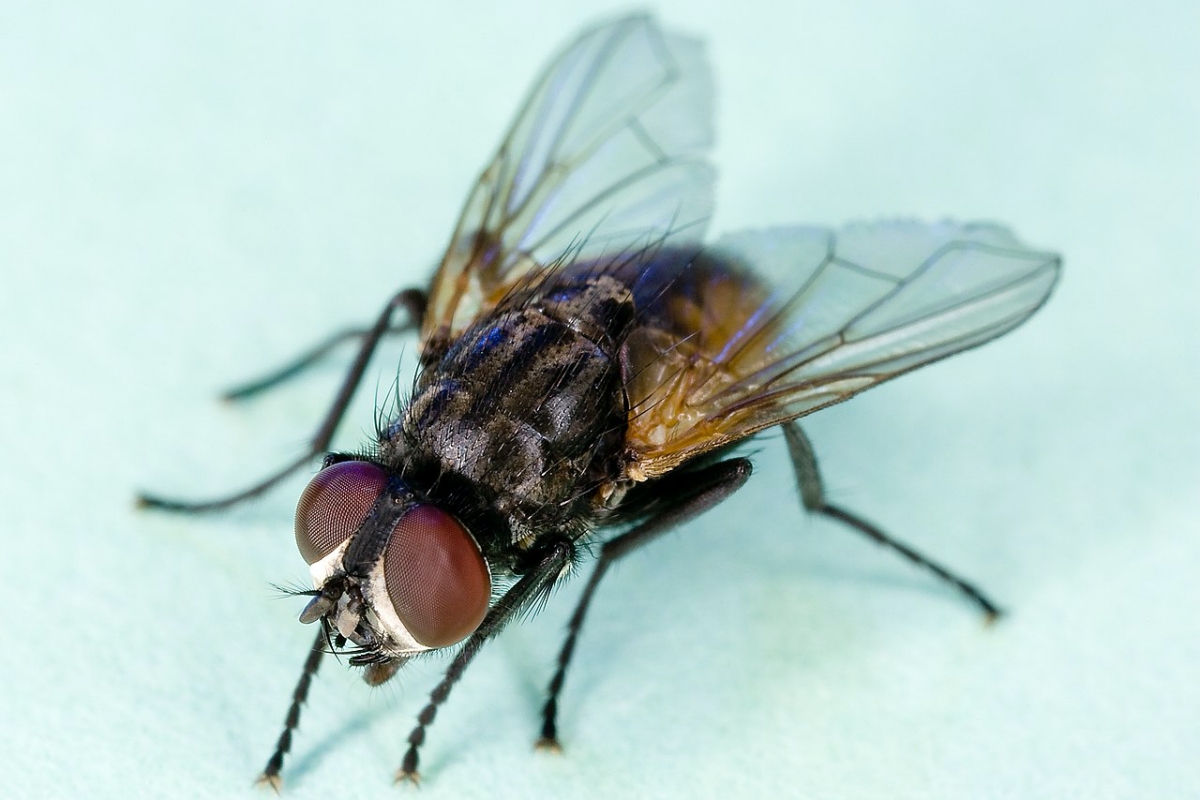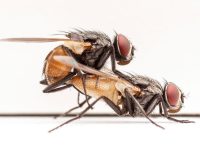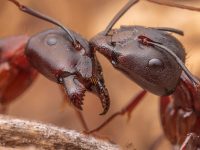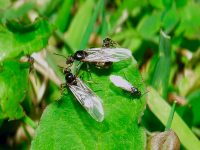
Actually, the answer is that houseflies are present also during the winter, but they remain inactive. Like many small insects that are produced in large numbers, their cycle is opportunistic, flexible, and depends heavily on ambient temperature. Females lay about 500 eggs that take between 8 and 48 hours to evolve into larvae, which in turn take between 4 and 30 days to complete their development, depending on the temperature. During these immature phases, they live in decomposing organic matter, often excrement, which by the action of bacteria can ensure a relatively moderate temperature.
The annoying and obvious adult phase lasts between three weeks and two months. The adult is very active and tolerant, but becomes inactive and cryptic at temperatures close to 5 °C, although only temperatures below 0 °C are really lethal for these animals.
The emergence of human dwellings and constructions, including stables, of course, provided an excellent opportunity for the survival of these animals in winter. This is undoubtedly one of the reasons why the house fly is such an efficient companion to our species.
Answered by Joaquín Baixeras, Joaquin Baixeras, Professor of Zoology at the University of Valencia.
Question submitted by Elisabet Ortega.
«Mètode’s whys and wherefores» is a science consultation office where the readers send their scientific questions and an expert answers them. You can send your question using this form. All the questions we receive until 30 June will participate in a draw to win a selection of Mètode publications.





